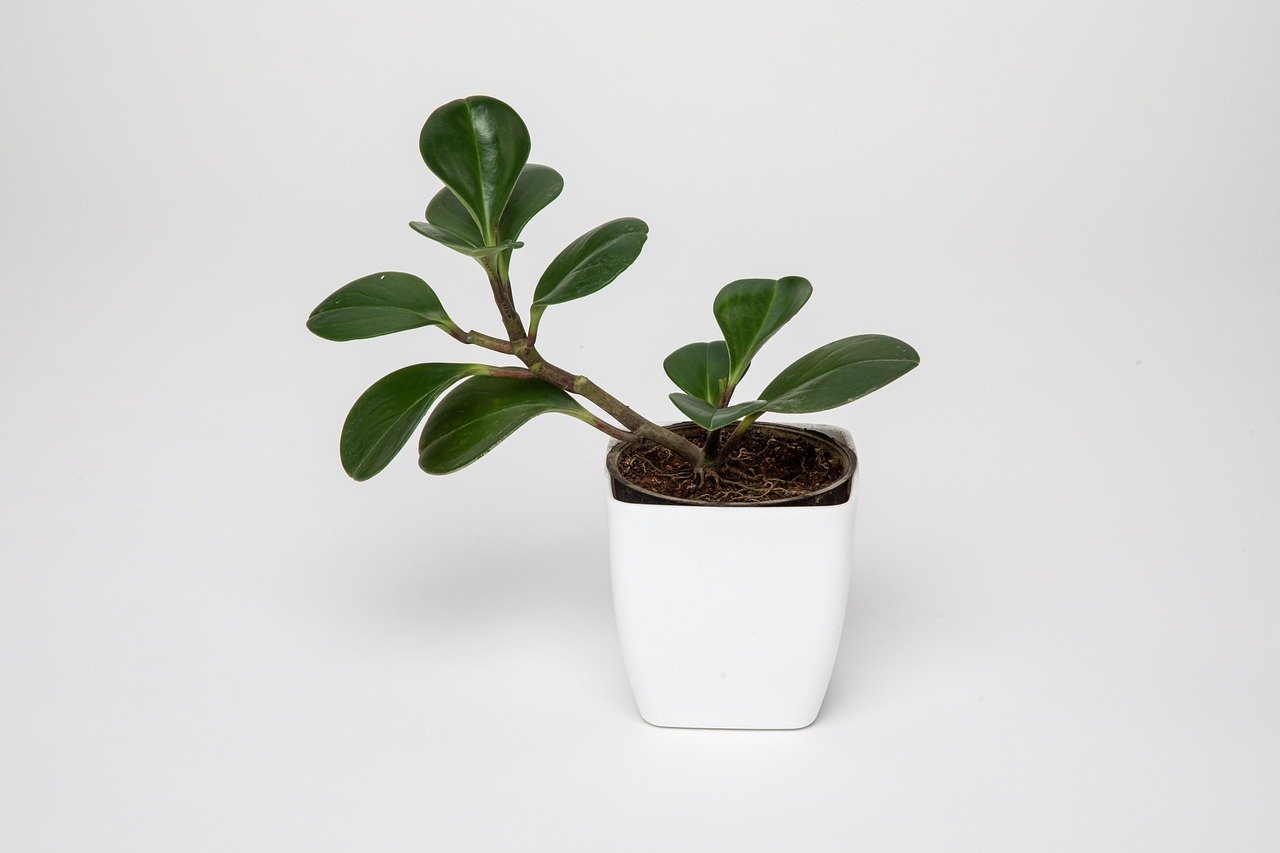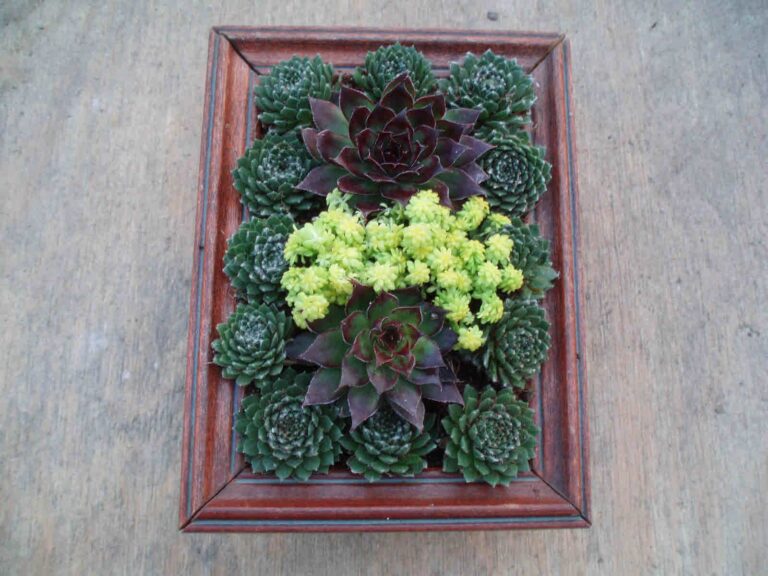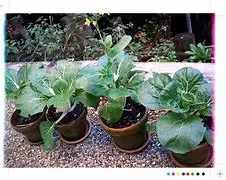Low Light Plants: The Ultimate Guide for Busy Plant Parents
Have you ever brought home a beautiful houseplant only to watch it slowly wither away in that darker corner of your living room? You’re not alone. Many plant enthusiasts struggle with finding the perfect greenery for those shadowy spots in their homes. The good news? There are stunning plants that not only survive but actually thrive in low light conditions.
As someone who once nearly killed a supposedly “unkillable” snake plant (work cubicle, no water), I’ve learned through trial and error which plants truly deserve the “low-light tolerant” label. This comprehensive guide will walk you through the best low-light indoor plants and share expert care tips to keep them flourishing, even if you don’t have sun-drenched windows.
What Exactly are “Low Light Plants”?
Before diving into plant recommendations, let’s clarify what “low light” actually means. Many plants marketed as “low light” still need some indirect light to thrive. True low light refers to areas that:
- Are 5-8 feet away from north-facing windows
- Receive filtered light through sheer curtains
- Get minimal ambient light from nearby rooms
If you can comfortably read a book without turning on additional lighting, your space likely has adequate light for low-light plants. However, almost no houseplant can survive in complete darkness. Even the most shade-tolerant varieties need some ambient light to photosynthesize. Read until the end to find out why photosynthesis is crucial.
Top 10 Low-Light Plants for Your Home
1. ZZ Plant (Zamioculcas zamiifolia)

The ZZ plant has earned its reputation as nearly indestructible. With glossy, dark green leaves that grow from thick rhizomes, this plant stores water efficiently, making it drought-tolerant and perfect for forgetful waterers.
Care Tips:
- Water only when the soil is completely dry (usually every 2-3 weeks)
- Tolerates artificial light beautifully
- Rarely needs repotting and prefers to be slightly root-bound
- Wipe leaves occasionally to remove dust and keep them shiny
I once left my ZZ plant unwatered for nearly six weeks during a vacation (not recommended!), and it greeted me without a single yellow leaf. That’s resilience!
2. Snake Plant (Sansevieria trifasciata)

Also known as mother-in-law’s tongue, the snake plant features tall, architectural leaves with striking patterns. NASA research has shown it’s one of the best air-purifying plants, removing toxins like formaldehyde and benzene.
Care Tips:
- Allow soil to dry completely between waterings
- Reduce watering in winter to prevent root rot
- Can tolerate neglect but not overwatering
- Available in various sizes and patterns to suit any space
My snake plant sits in a dark hallway that receives minimal light, yet it continues to produce new growth year after year.
3. Pothos (Epipremnum aureum)

With heart-shaped leaves that cascade beautifully when placed on shelves or from hanging planters, Pothos adds instant charm to any space. Available in varieties like Golden Pothos, Marble Queen, and Neon (think highlighter yellow), there’s a Pothos for every aesthetic.
Care Tips:
- Allow the top inch of soil to dry between waterings
- Trim occasionally to maintain desired shape and promote bushier growth
- Easily propagated in water—perfect for expanding your plant collection
- Yellowing leaves usually indicate overwatering
My golden pothos has transformed from a small 4-inch pot to a trailing beauty that spans nearly three feet—all while sitting on a bookshelf in a north-facing room.
4. Chinese Evergreen (Aglaonema)

Chinese evergreens offer stunning foliage with silver, cream, or pink variegation, bringing color to dim corners. These plants are particularly good for beginners as they communicate their needs clearly.
Care Tips:
- Keep soil lightly moist but not soggy
- Enjoys higher humidity but adapts to average home conditions
- Older plants may produce small flowers
- Trim yellowing leaves at the base to maintain appearance
I’ve found that my Chinese evergreen’s leaves become more vibrantly colored when placed in slightly brighter indirect light, though it grows perfectly well in dimmer conditions. I keep mine in the shade of the patio.
5. Peace Lily (Spathiphyllum)

Known for its elegant white “flowers” (actually modified leaves called spathes), the peace lily adds sophistication to any room. It’s one of the few flowering plants that performs well in low light.
Care Tips:
- Dramatic wilting leaves signal when it’s thirsty—perks up quickly after watering
- Prefers consistently moist soil but not wet feet
- Higher humidity promotes more “flowers”
- Pet owners beware: toxic if ingested by cats or dogs
I don’t have any Peace Lily’s at home but there is an abandoned house, with the jungle growing close around it, that has a carpet of Peace Lilies under the trees.
6. Cast Iron Plant (Aspidistra elatior)

Living up to its name, the cast iron plant withstands conditions that would kill most houseplants. Its broad, leathery leaves grow slowly but steadily, making it a low-maintenance option.
Care Tips:
- Water sparingly—only when the top 2 inches of soil are dry
- Tolerates temperature fluctuations and dry air
- Rarely needs repotting
- Patience required—grows very slowly
This plant reminds me that sometimes the best approach to plant parenting is a hands-off one. This picture has inspired me to put Cast Iron plants in decorative pots on my new stamped-concrete driveway.

7. Philodendron (various species)
Philodendrons, particularly the heartleaf variety (Philodendron hederaceum), are adaptable plants that thrive in a range of light conditions. Their quick growth provides satisfying results for impatient plant parents.
Care Tips:
- Allow the top inch of soil to dry between waterings
- Pinch back growing tips to encourage bushier growth
- Easily propagated from stem cuttings
- Climbing varieties appreciate a moss pole or trellis
I’ve watched my heartleaf philodendron transform from a small cutting to a lush, trailing plant in less than a year.
8. Spider Plant (Chlorophytum comosum)

With arching variegated leaves and baby “spiderettes” that dangle from long stems, spider plants bring movement and texture to any space. They’re also excellent air purifiers.
Care Tips:
- Keep soil lightly moist during growing season
- Brown leaf tips often indicate fluoride in tap water—try using filtered water
- Produces more babies in slightly brighter light
- Can be grown in water or soil
My spider plant has become a plant-propagation factory, producing dozens of babies that I’ve gifted to friends and family. They also moved in with my aloe vera plant.
9. Dracaena (various species)

Dracaenas offer structural interest with their tree-like growth habit. Varieties like the corn plant (Dracaena fragrans) and dragon tree (Dracaena marginata) add height to low-light corners.
Care Tips:
- Allow soil to dry slightly between waterings
- Sensitive to fluoride and chlorine in tap water
- Lower leaves naturally yellow and drop as plant grows taller
- Can be pruned to control height
My office (in the US) had a dracaena marginata that grew in the corner. It was only 3 feet in height because it only got water from me when I happened to look up, which wasn’t often. My secretary, who had a loving heart, started caring for it and it became a beautiful corner sentinel with dramatic spikey leaves.
10. Prayer Plant (Maranta leuconeura)

Prayer plants earn their name from the way their leaves fold upward at night, resembling hands in prayer. Their boldly patterned leaves bring visual interest to shadowy spots.
Care Tips:
- Prefers consistently moist soil
- Appreciates higher humidity—consider a pebble tray
- Leaves follow circadian rhythms, moving throughout the day
- Avoid cold drafts and sudden temperature changes
Watching my prayer plant’s leaves move throughout the day reminds me that houseplants are living beings with fascinating behaviors, not just decorative objects. This is one plant you’ll want to talk to.
Common Low-Light Plant Care Mistakes
Even the most resilient plants have their limits. Here are common mistakes to avoid:
1. Overwatering

More houseplants die from drowning than drought. Low-light plants use water more slowly since they photosynthesize less. Always check soil moisture before watering—when in doubt, wait another day.
2. Ignoring Dust Buildup
Dust on leaves blocks the limited light these plants receive. Wipe leaves monthly with a damp cloth to keep them clean and photosynthesizing efficiently.
3. Fertilizing Too Much
Low-light plants grow more slowly and need less fertilizer. Apply a balanced houseplant fertilizer at half-strength once every 2-3 months during growing season, and not at all during winter.
4. Expecting Too Much From Low Light Plants
While these plants tolerate low light, they won’t thrive in complete darkness. If you notice leggy growth or fading variegation, your plant may need slightly more light.
5. Forgetting to Rotate
Plants grow toward light sources. Rotate your plants quarterly to encourage even growth and prevent them from leaning.
Troubleshooting Common Issues
Yellowing Leaves
Usually indicates overwatering. Check soil moisture and adjust your watering schedule. Remove affected leaves to prevent rot from spreading.
Brown Leaf Tips

Often caused by low humidity or chemicals in tap water. Try using filtered water and increasing humidity with a pebble tray or humidifier. Or it could be a pest which can be diverted by adding diatomaceous earth, won’t hurt the plant but will get rid of bugs.
Leggy Growth on Low Light Plants
Signals insufficient light. Move the plant slightly closer to a light source or supplement with artificial lighting.
Pest Infestations
Even low-light plants can attract pests. Regularly inspect for spider mites, mealybugs, and scale insects. Treat promptly with insecticidal soap or neem oil.

Creating a Low-Light Plant Oasis
Transform those challenging dark corners into lush green spaces by:
- Grouping plants together to create a microclimate with higher humidity
- Using mirrors to reflect available light
- Adding grow lights during winter months when natural light is limited
- Placing plants on rolling rotating stands to ensure even light exposure
Remember that even low-light plants appreciate an occasional vacation to a brighter spot. Consider rotating your plants seasonally to give them a boost.
Final Thoughts
Low-light plants prove that you don’t need sun-drenched windows to enjoy indoor gardening. With the right plant selection and care routine, those shadowy corners can become vibrant green spaces that purify your air and lift your spirits.
Start with one or two plants from this list, master their care, and gradually expand your collection. Before long, you’ll discover the joy of being a successful plant parent, even in the most challenging lighting conditions. Light is crucial for plants to photosynthesize, it is how they process nutrients. Check out this post on plant photosynthesis and how scientists want to mimic it to produce our own electricity.
Remember, the most important quality for any plant parent isn’t a green thumb—it’s patience and observation. Pay attention to your plants, learn their language, and they’ll reward you with years of lush, healthy growth.
Happy planting!
FAQs About Low Light plants
Can low light plants survive in rooms with no windows at all?
While low light plants are very tolerant of dim conditions, they still need some form of light to survive. In rooms with no windows, you should provide artificial lighting, such as fluorescent or LED grow lights, to mimic natural sunlight. Without any light source, even the hardiest low light plants will eventually decline.
Can I move my low light plant to a brighter spot occasionally to give it a boost?
Yes, occasionally moving your low light plant to a brighter spot can be beneficial, but it’s important to do it gradually. Avoid placing it in direct sunlight, which can scorch the leaves. A few hours of bright, indirect light per week can help the plant photosynthesize more efficiently and promote healthier growth. Just be sure to return it to its low light location afterward to avoid stressing the plant with sudden changes in light levels.
Do low light plants need fertilizer, and if so, how often should I fertilize them?
Yes, low light plants benefit from occasional fertilization, but they don’t need as much as plants in brighter conditions. Fertilize sparingly, typically only during the growing season (spring and summer), using a balanced liquid fertilizer diluted to half strength. Over-fertilizing can lead to salt buildup in the soil, which can damage the plant.

Do you have any lingering inquiries?
Place your questions or comments in the comment section below.
Quick read. 10 minutes
Low Light Indoor Plants: The Ultimate Care Guide
- What exactly are “Low Light Plants”?
An in-depth explanation of low light plants.
- Top 10 Low-Light Plants for Your Home
Suggestions for 10 of the most popular, easy-care low light plants.
- Common Low-Light Plant Care Mistakes
Common low light plant care mistakes to avoid.
- Troubleshoot Common Issues
List of visual queues of plant health and how to improve it.
- Creating a Low-Light Plant Oasis
How to create your own low light patio garden.



